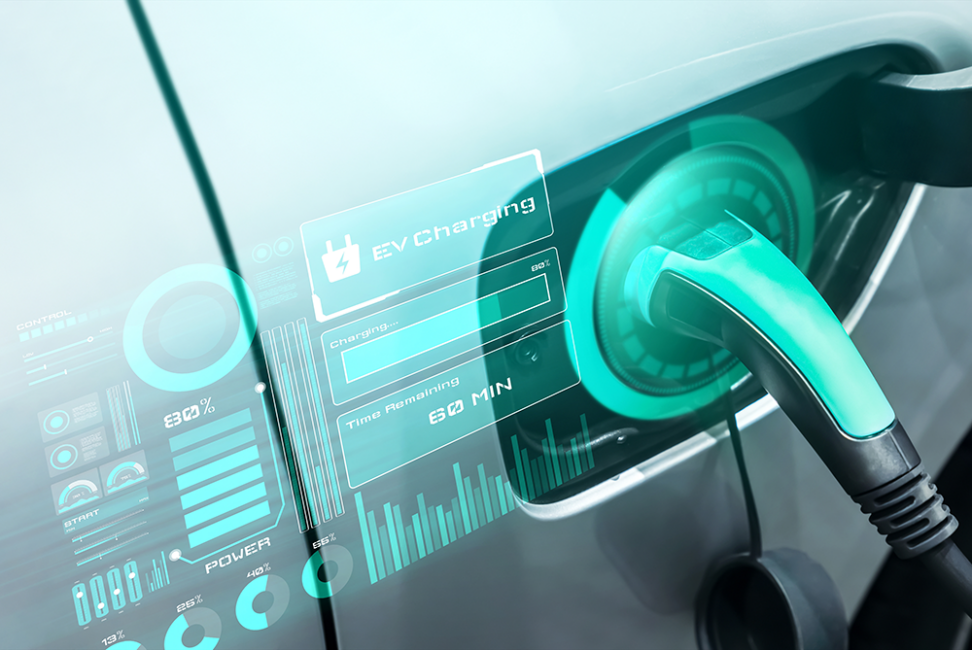
There is a race to increase the national electric vehicle (EV) charging station infrastructure. However, the race is evolving from a rapidly expanding EV charger model to one in which quality matters.
In June 2022, the United States Department of Transportation (USDOT) proposed standards for government-funded EV charging stations. The stations must be available and working 97% of the time, and third-party apps must provide real-time charging status.
For drivers to confidently switch to EVs, they expect an easy and reliable charging experience. It shouldn’t leave them stuck because the app directed them to a charger that wasn’t working or occupied. It shouldn’t confuse them as they encounter outrageous monthly electric bills.
EV charging is also filled with responsibilities and complexities for charging service providers (CSPs). CSPs include e-mobility service providers (EMSPs) and charge point operators and owners (CPOs).
Sometimes a company is both a CPO and an EMSP. In any case, the CSPs need a 97% or better uptime with real-time monitoring and data exchange to compete successfully.
From Tasks to Communications
Reliable connectivity between all parties is essential in charging an EV. Think of it as an infrastructure of tasks and communications between the CPO, the EMSP and the EV driver in real time.
CPOs set up and manage a network of charging stations that they own or operate for third parties. They must ensure stations are operational and available 24/7 to the service providers.
EMSPs simplify the charging experience for EV drivers through mobile apps and other self-service tools. In addition, they provide access to charging stations available within a geographic area. They also handle billing transactions with real-time data.
EV drivers use the apps to access information in real time. They must easily locate available stations to charge their EVs or plan trip routes and securely manage and make payments.
Preventive maintenance (also called predictive maintenance) with real-time monitoring is essential to decrease the chance of failure in any part of the infrastructure.
Preventive Maintenance with Real-time Monitoring

Maintaining EV charging stations within a network can be time-consuming and costly if not done right. Service providers have access to a lot of data. They have control over who has access, how long they use it and when, so they can plan for energy usage.
Preventive maintenance with real-time monitoring is essential for connected components like a charging network.
Some of these features that need to be monitored include:
- Touch screens
- Payment processing
- Smart energy management
- Collecting data in real time
- Processing data for use in applications
- Setting prices
- Communications
- Security issues
- Compatibility with the latest standards and protocols
If any of these is compromised, charging can be delayed or fail. Preventive maintenance with real-time monitoring can eliminate many issues in advance.
Real-Time Solutions for Real-Time EV Charging Needs
There are many moving parts with EV charging networks. Younger generations (i.e., millennials and Generation Z) are avid social media users. They are also the age groups most likely to purchase EVs.
Frequent failures to provide a good consumer experience can push providers out of the ecosystem. The good news is that you don’t have to deal with these complexities with the right end-to-end IoT vendor.
We are an IoT leader with over 22 years of IoT connectivity solution experience. We can help you monitor and maintain your EV charging network in real time.
With one dashboard, our connectivity and device management platform tools provide complete control and visibility over your entire deployment. Our IoT modules are certified globally, so you can launch your EV charging solution nationally and worldwide with confidence.
Speak with an IoT connectivity expert to start your EV charging journey and remove the complexity to avoid the challenges.
Request a Starter Kit
